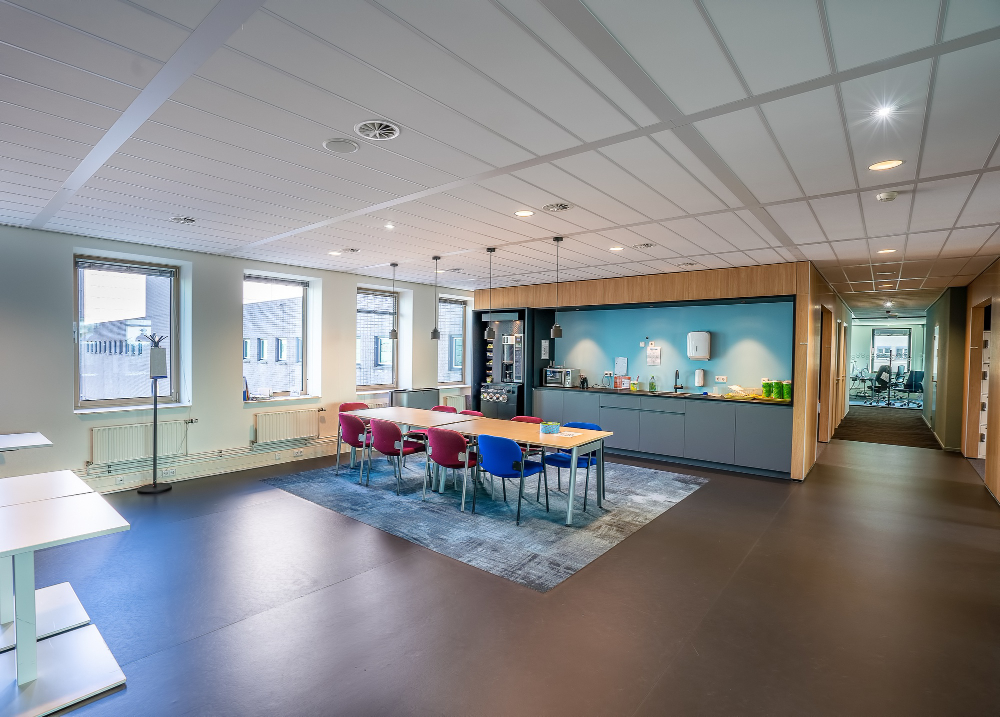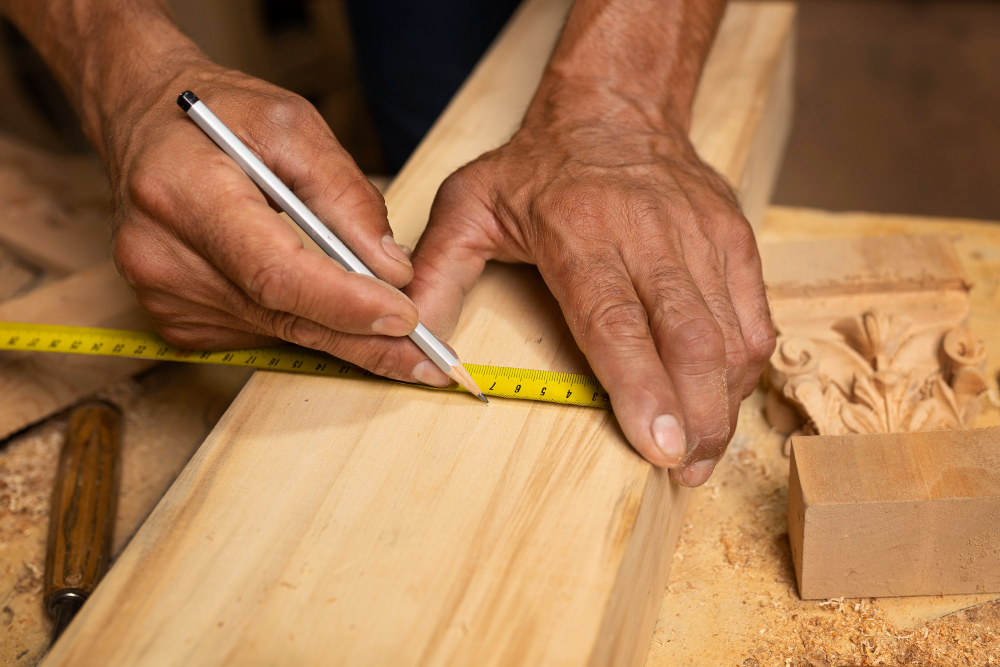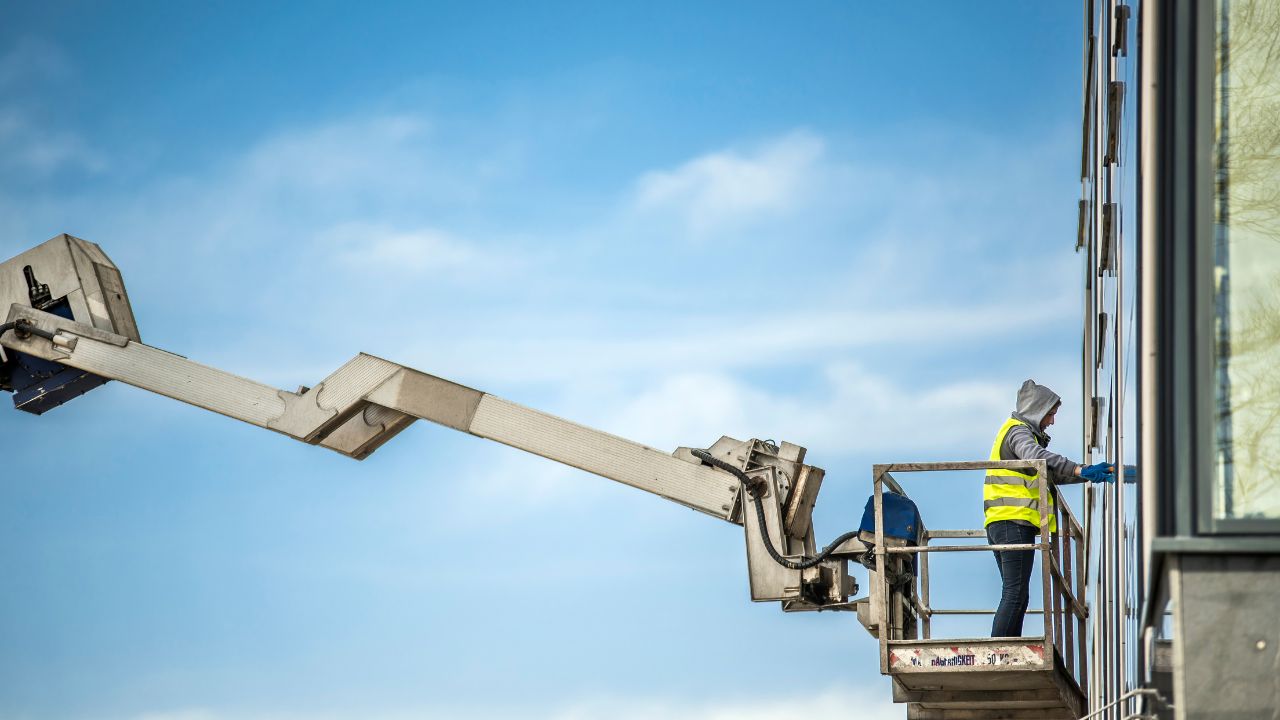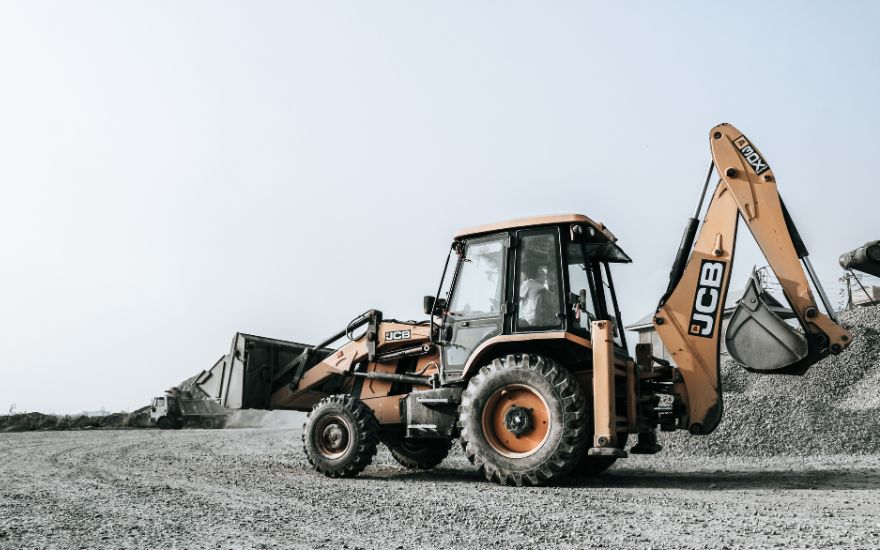How productivity of the employees depends on office space?
When you walk into a workspace, what’s the first thing you notice? Is it the layout, the lighting, the noise, or perhaps the overall vibe? Whether it’s a bustling co-working area or a sleek corporate office, the design and structure of an office space play a significant role in shaping how employees feel and perform. For business owners and managers striving to enhance team performance, the link between office space and employee productivity is not just a trendy topic—it’s a strategic imperative. Understanding how to optimize this space can unlock higher efficiency, satisfaction, and innovation from your team. And yes, the focus keyword here is “office space.”
In this blog, we explore the various dimensions of how office space influences employee productivity. We’ll break down the essential factors that shape productive environments, from lighting and layout to personalization and noise control. You’ll also learn how businesses like CozyCasa can provide expertly designed solutions tailored to productivity goals. Stick around to discover how transforming your workplace can transform your outcomes. Explore CozyCasa’s office solutions.
Essential Elements to Understand Before Enhancing Office Space
Before diving into how office space impacts productivity, it’s important to recognize the foundational components that determine its effectiveness. Understanding these will allow you to evaluate and enhance your current setup with clarity and intention.
1. Impact of Natural Light on Employee Focus
Natural light is more than just an aesthetic preference—it directly influences energy levels and concentration. Studies show that employees working in naturally lit environments report better mood and improved focus throughout the day. A workspace designed to maximize daylight can reduce eye strain, enhance alertness, and decrease reliance on artificial lighting.
Integrating large windows, skylights, or glass partitions not only supports sustainable design but also creates a more vibrant atmosphere. Businesses that prioritize natural lighting report reduced absenteeism and higher job satisfaction. Keywords like “workspace lighting” and “natural office design” are critical for modern office planning.
2. Office Layout and Space Utilization Strategies
Open-plan offices encourage collaboration, while segmented spaces offer focus and privacy. The key lies in balancing both, depending on your team’s workflow. An efficient layout aligns with business objectives and minimizes distractions.
Zoning areas for specific tasks—like meeting rooms, quiet zones, and collaboration hubs—ensures employees can perform at their best. Strategic placement of furniture, accessibility routes, and communal areas should be based on ergonomic and spatial planning principles. “Collaborative workspaces” and “private office zones” are vital concepts in space utilization.
3. Acoustic Management for Better Concentration
Noise pollution is one of the most overlooked productivity killers in an office environment. Even low-level background noise can hinder deep focus tasks. Sound-absorbing materials and thoughtful placement of workstations can dramatically improve performance.
Investing in acoustic panels, carpeting, or even white noise systems can mitigate the impact of ambient noise. Additionally, having dedicated quiet areas empowers employees to choose their ideal work environment. Terms like “office noise control” and “quiet zones” should be part of every office design plan.
4. Furniture Ergonomics and Health-Oriented Design
The comfort of your employees directly affects their performance and well-being. Ergonomic furniture, including adjustable chairs and standing desks, prevents repetitive strain injuries and encourages movement throughout the day.
Beyond physical comfort, ergonomic design reflects a company’s commitment to employee health. Proper posture support and adaptable furniture layouts can reduce fatigue and boost long-term productivity. Secondary keywords include “ergonomic chairs,” “adjustable desks,” and “health-conscious office design.”
5. Personalization and Employee Engagement
Allowing employees to personalize their workspace leads to a sense of ownership and psychological comfort. It helps reduce stress and increase emotional investment in the company.
From choosing desk decor to flexible seating arrangements, giving employees autonomy over their workspace fosters a positive mindset. “Workspace personalization” and “employee engagement strategies” are essential components when designing spaces that promote well-being.
How Office Space Design Enhances Productivity
Now that we’ve established the foundational components, let’s explore how strategically designed office space contributes to higher employee performance, creativity, and collaboration.
Promoting Collaborative Work Through Smart Design
Open collaboration areas with whiteboards, flexible furniture, and interactive tech foster spontaneous idea exchanges. This promotes team synergy and creative problem-solving.
Designing for collaboration doesn’t mean losing privacy. Acoustic booths or breakout rooms allow for both group and individual focus, ensuring team dynamics remain balanced. Keywords: “team collaboration zones,” “creative workspaces.”
Boosting Creativity with Biophilic Elements
Incorporating natural elements such as plants, wood textures, and water features triggers a biophilic response—improving mood and creativity. Employees in green office environments report lower stress and higher idea generation.
Living walls, indoor gardens, or even simple desk plants enhance both aesthetic appeal and air quality. “Biophilic office design” and “nature-inspired workspace” are trending in productivity-focused architecture.
Enhancing Flexibility with Modular Layouts
Today’s dynamic work models require office spaces to adapt quickly. Modular designs featuring movable walls, adaptable desks, and transformable meeting areas support evolving needs.
Such flexibility reduces friction and empowers teams to self-organize based on task requirements. Keywords to consider include “modular office space,” “adaptive workplace design.”
Encouraging Movement and Reducing Sedentarism
Designing spaces that promote walking—such as centrally located meeting rooms, standing desks, and internal staircases—helps reduce sedentary behavior. This results in better health and sharper focus.
Activity-based design supports physical well-being while indirectly contributing to mental alertness. Use terms like “active office design,” “movement-friendly workspace.”
Integrating Technology for Smarter Workflows
A tech-integrated office ensures seamless workflows. Features like smart lighting, IoT-enabled desks, and automated climate control enhance both comfort and productivity.
Digital collaboration tools integrated into the physical space create a cohesive ecosystem that supports hybrid work models. Related keywords: “smart office systems,” “tech-integrated workspace.”
Why Choose CozyCasa for Your Office Space Transformation?
CozyCasa understands that every business has unique operational needs. That’s why our designs are tailored to blend aesthetics, function, and culture. Whether you’re looking to revamp a small team office or design a corporate headquarters, our solutions are built with productivity in mind.
From ergonomic furniture to modular space planning, CozyCasa prioritizes health, creativity, and collaboration. Our experts use data-driven design strategies and the latest innovations to deliver environments where people thrive. Discover our office transformation services.
Conclusion
Office space is more than just square footage—it’s a strategic tool that can either hinder or enhance employee productivity. When designed with intention, it becomes a catalyst for engagement, focus, and innovation. By understanding and applying key design principles—like lighting, acoustics, flexibility, and personalization—companies can unlock the full potential of their teams.
For businesses aiming to create inspiring and efficient environments, CozyCasa offers the perfect partnership. With a track record of blending design with purpose, CozyCasa helps companies turn office spaces into productivity powerhouses. Ready to elevate your workspace? Let’s get started.
Summary
To recap, productive office spaces share several key traits: access to natural light, ergonomic furniture, smart technology, acoustic balance, and opportunities for movement and personalization. These factors are no longer luxuries—they are necessities for modern businesses that care about performance and employee well-being. CozyCasa stands out by offering tailored office design solutions that encompass all these elements, making your investment in office space a game-changer for your organization.




